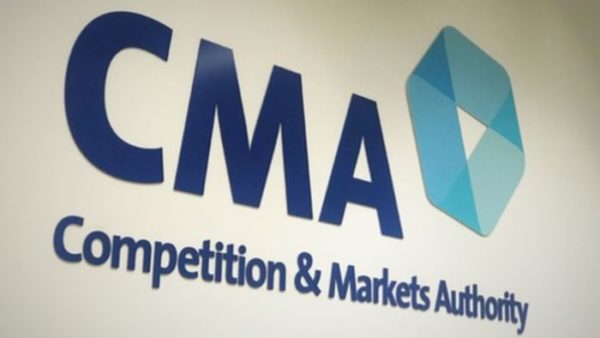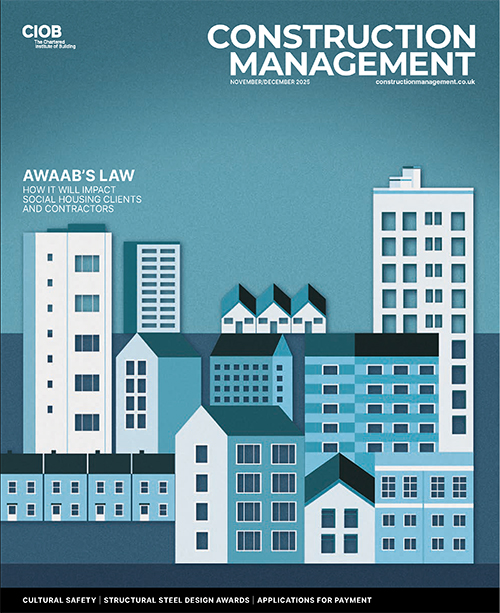A social landlord found more than 800 records of incorrect data on its asbestos register following an investigation into a collapsed ceiling in a resident’s home.
The Housing Ombudsman made a series of orders to One Housing following a severe maladministration finding, the most serious type of failure by a housing provider.
The finding concerned an investigation into its record-keeping for repairs and the presence of asbestos in a resident’s home.
The complaint followed a ceiling collapse in the resident and her child’s home in March 2022. Repairs took 14 months and the landlord did not have accurate and up-to-date records about the presence of asbestos in the property.
One Housing did not assess the condition of the asbestos and could not prove that it considered temporarily moving the family.
After the Ombudsman ordered a review of the landlord’s policies in early 2024, One Housing found more than 800 records of incorrect data on its asbestos register.
Despite not having asbestos data on several properties where the substance could be present, the risk-scoring system showed the dwellings as no-risk.
Other properties where old data had not been removed showed as high-risk, although that was no longer the case.
Failure to learn lessons
The review found the inconsistencies in One Housing’s data were due to multiple factors, including external services being brought in-house and its knowledge and information management.
For example, new information had been added without existing records being updated when moving to a new system.
The Housing Ombudsman said One Housing had now improved its asbestos record keeping and services, including undertaking a review of its asbestos safety management plan.
An operational guidance document has also been produced and two administrative posts created to maintain its asbestos databases and cleansing of One Housing’s records.
Housing ombudsman, Richard Blakeway, said: “The ceiling collapse caused the resident considerable distress as she worried about her family’s safety given the potential asbestos risk. The landlord failed to recognise this or learn lessons about how it handled events.
“This was a significant missed opportunity as the wider review following our investigation reveals the problems with its records on asbestos were not isolated. This shows the power of learning even from just one complaint.
“It also underscores the importance of knowledge and information management, which is so often the foundation to an effective service or complaint response.”
In its ‘learning statement’, One Housing said: “Riverside merged with One Housing in April 2023 and since then Riverside has implemented their systems and processes in relation to asbestos management.
“We are very sorry for the distress caused to our customer following a leak and a collapsed ceiling and for the repair handling, asbestos record keeping and complaint handling.
“In this case, we undertook a detailed investigation and a lessons learnt review. We revisited it six months later to make sure the key learning points were being implemented.”
Comments
Comments are closed.












Sadly, it’s not uncommon to hear of poor information management leading to this and similar disasters. I have worked in the field of infrastructure and built environment asset management for nearly 40 years, and data has also been the Achilles heel of asset-intensive organisations. 40 years ago, paper-based system may have been swapped out with a good spreadsheet, and that was progress, but that was a long time ago! We’re now on BIM4, which may be too much for some, but BIM as a basic approach would have averted this issue. I hope the ‘lessons learnt review’ includes a serious look at adopting good asset management and as a part of that, good information management, such as BIM – and to embed that, a learning programme for all those in the organisation. I recently worked with a Yorkshire-based Housing Association who have now developed and implemented a Strategic Asset Management Plan, and an asset management learning programme which has started with the top layer of management across the organisation. That’s the way to go!
The only legal recompense that the Housing Ombudsman has is via The Defective Premises Act and The Homes (fitness for human habitation) Act for the immediate issues with asbestos presence as the Control of Asbestos Regs do not apply within single family occupied domestic dwellings.
There is also scope for some enforcement under the Housing Act and the Housing Health and Safety Rating System.
With respect to this case the record keeping does not surprise me as there seems to be a growing absence of common sense and knowledge about the premises that can only be gained from anecdotal experience directly dealing with them – eg. too much staff churn, without even considering the impacts of outsourcing.